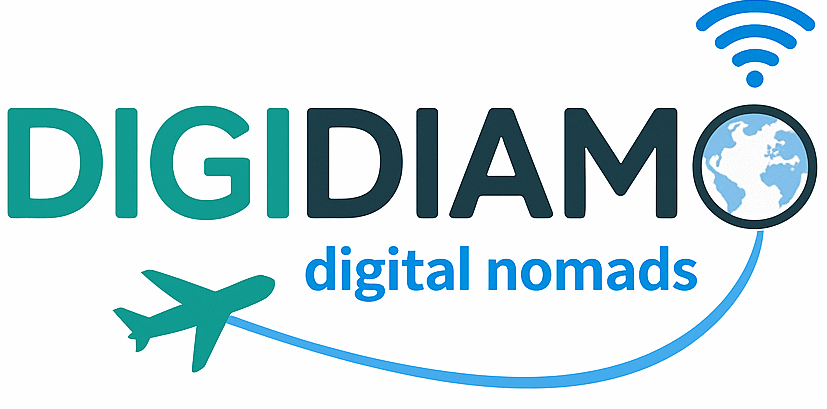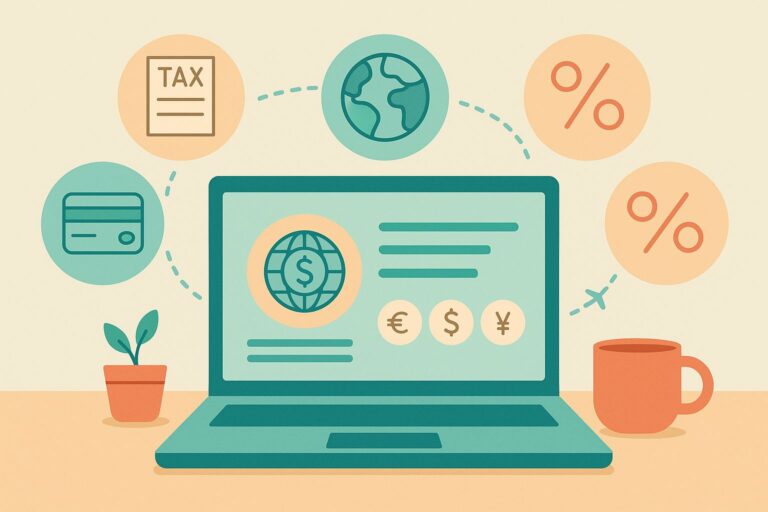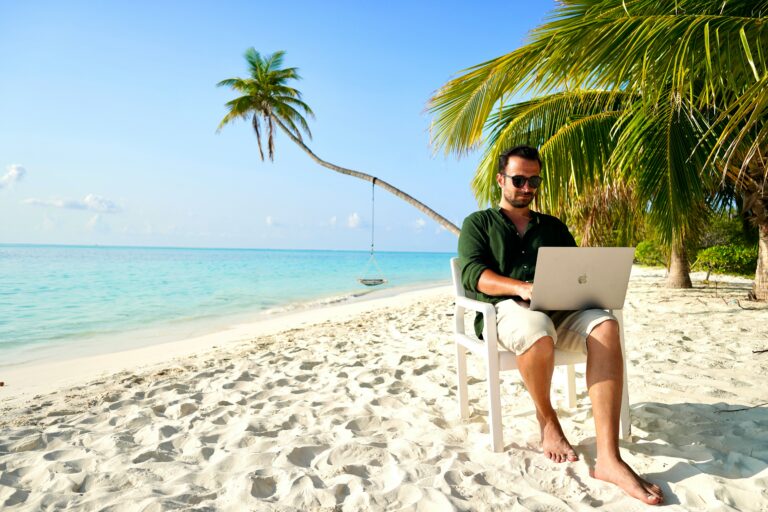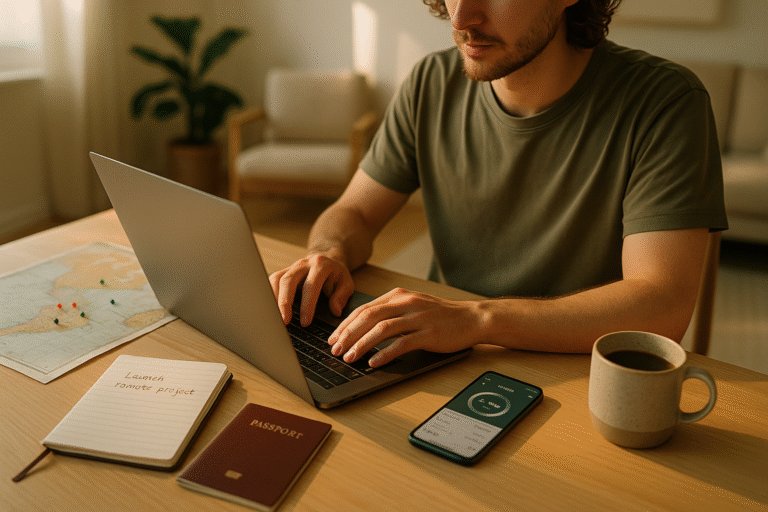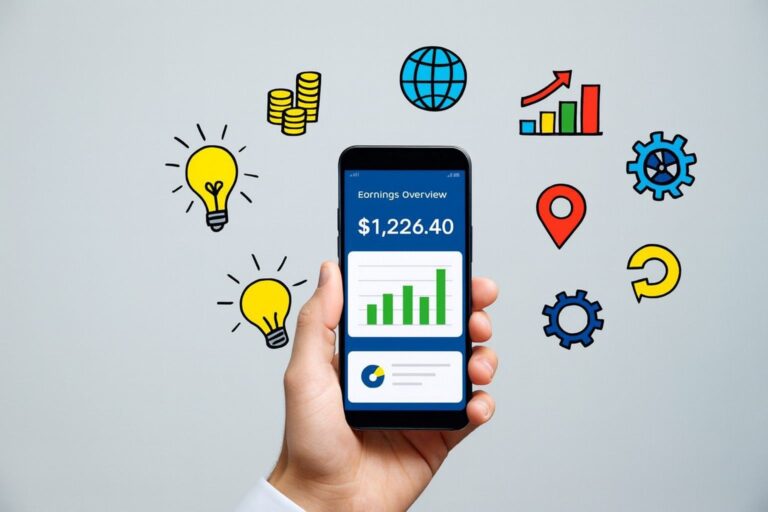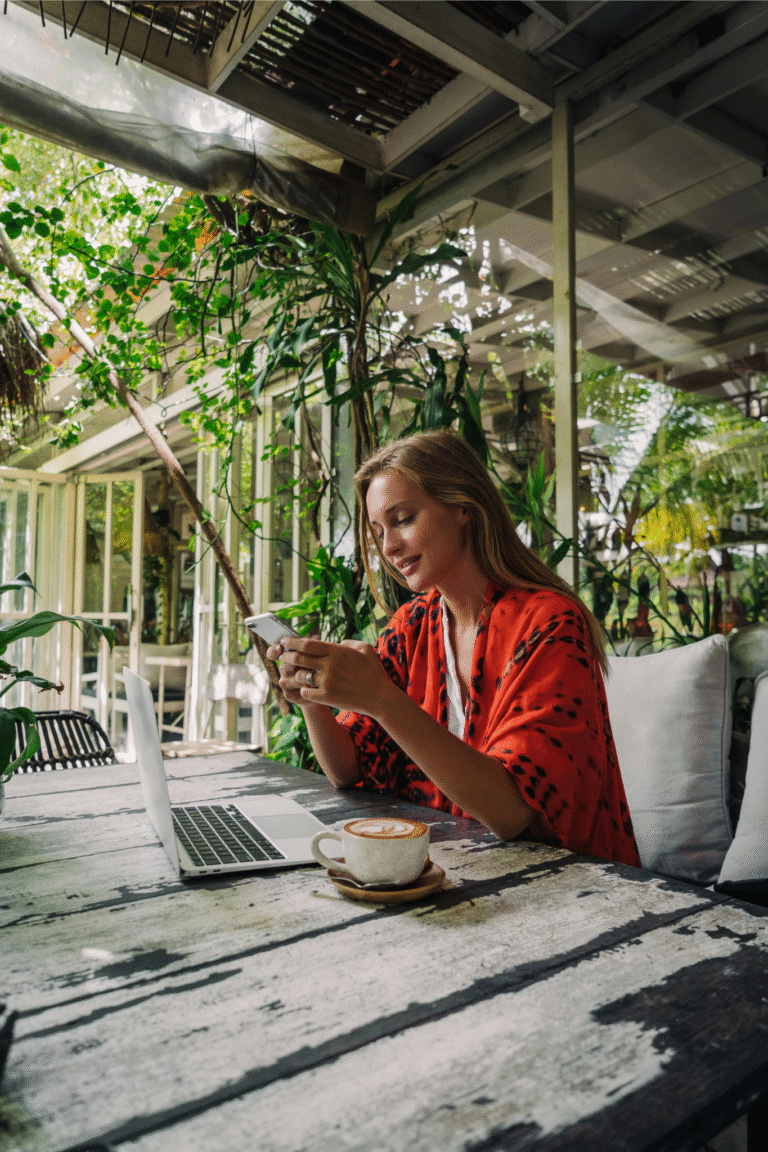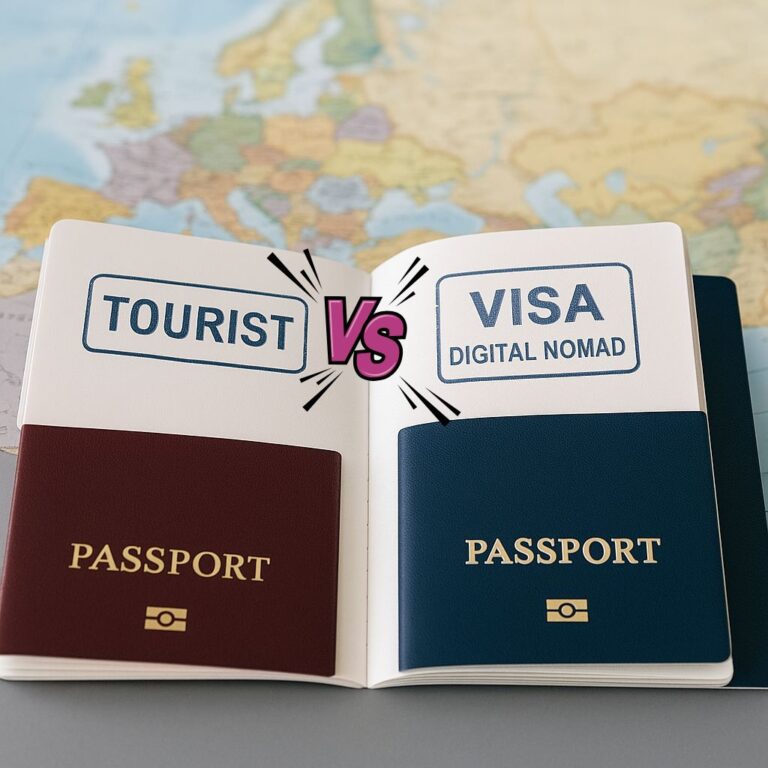How to save money as a digital nomad in 2025
You don’t need to live like a backpacker or skip the coffee shops to make the nomad life work financially. The goal isn’t to spend less at all costs, it’s to spend smarter so your money lasts longer, and you still enjoy the ride.
Most digital nomads overpay in the beginning. That’s normal. You book the wrong Airbnb, you eat out too much, you pay tourist prices for basic things. With a little experience, and the right habits, your budget starts to stretch. It becomes easier to save without really trying.
Once you’ve seen what a full nomad budget looks like, like in this breakdown of monthly expenses, the next step is figuring out where to trim, what to optimize, and how to make smart spending part of your routine.
Start by slowing down
The faster you move, the more you spend. Flights, deposits, short-term rentals, visas they all add up. But when you slow down, your cost per day drops, often dramatically.
Staying 1–3 months in one place has benefits:
- You get lower rent
- You waste less time and money in airports
- You buy local SIMs instead of using expensive roaming
- You start living like a local, not a tourist
Slow travel is also better for your health, your work rhythm, and your relationships. And yes it’s cheaper.
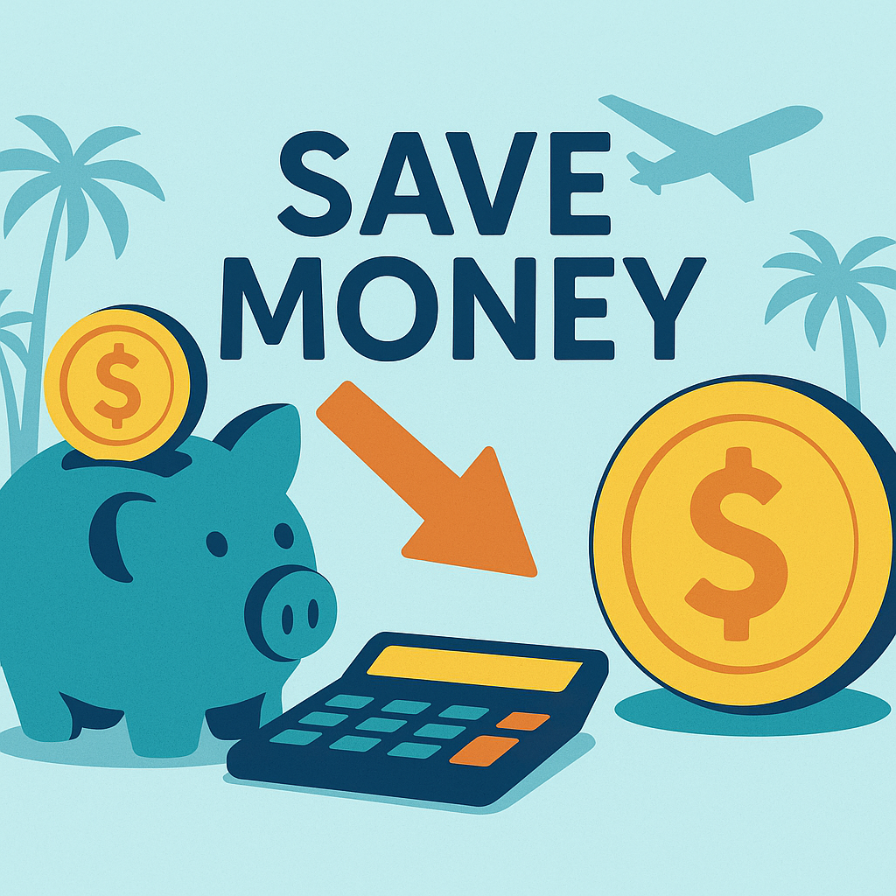
Pick destinations where value matches cost
Cheap rent isn’t everything. Some cities are inexpensive but frustrating bad internet, unreliable transport, few services.
Better to choose places that are both affordable and remote-work friendly, like:
- Da Nang or Chiang Mai in Asia
- Tbilisi or Skopje in Eastern Europe
- Medellín or Oaxaca in Latin America
You’ll get more value from your money in places where rent is low and daily life is smooth.
Use smart banking and avoid hidden fees
If you’re paying foreign transaction fees on every purchase, that’s money down the drain. And ATM fees, if you’re withdrawing often, add up fast.
Try this instead:
- Get a card like Wise or Revolut with low conversion fees
- Always pay in local currency when using your card
- Withdraw in larger amounts to reduce ATM charges
- Use budgeting apps to track your spending (Spendee, NomadWallet, etc.)
The idea isn’t to be obsessed with every cent. But knowing where your money leaks helps you stop the drip.
Eat local, not imported
This one is simple: if you eat like locals do, your costs drop. If you insist on almond milk, avocados, and imported pasta sauces, you’ll pay double or triple.
Street food, local restaurants, and market produce offer better value and often better taste.
If you love cooking, shop at local markets. If you hate cooking, set a food budget and rotate cheap meal spots with occasional splurges.
Share costs: coliving, coworking, transport
Being solo is great, but teaming up with other nomads can lower costs across the board:
- Rent a two-bedroom and split the bill
- Share airport taxis or long rides
- Use group discounts at coworking spaces
- Cook together once or twice a week
It also helps you build a community, which often becomes more valuable than any savings.
Avoid tourist traps
This sounds obvious, but it’s easy to forget. Tourist zones = inflated prices. Walk 3 blocks away and the same lunch costs half as much.
When you arrive in a new city:
- Ask locals or expats where they actually eat
- Check prices on Google Maps or local apps
- Use cash where it helps you negotiate
- Learn a few words of the local language it opens doors and better deals
Cut subscriptions and memberships you don’t need
Netflix, Spotify, VPN, gym, coworking, cloud storage, newsletters… It adds up.
Every 2–3 months, review your subscriptions. Cancel what you’re not actively using. You can always re-subscribe later.
You’ll be surprised how often you’re paying for services you forgot about.
Save without thinking about it
Set aside 10–15% of your income or transfers into a separate savings account automatically. This way, you build a cushion without needing discipline every month.
If your income is irregular, save more in high months to cover leaner ones. It’s about smoothing the ride, not stressing about each transaction.
Plan for lean months and passive income
Being a nomad means embracing flexibility. But flexibility doesn’t pay bills planning does. If your income varies from month to month, or if you’re freelancing without predictable contracts, it helps to build a system that protects your peace of mind.
The first step is setting up a buffer fund. Not just for emergencies, but for those slow periods where work drops or payments are delayed. Try to keep one to two months of expenses aside, separate from your main account.
Another smart move: explore sources of passive or semi-passive income. That doesn’t mean building a course or ebook overnight. It can be something simple affiliate links in your blog, a print-on-demand side hustle, or even renting out gear when you’re not using it.
Passive income won’t replace your main work immediately, but over time, it softens the pressure. You stop thinking, “How do I survive next month?” and start asking, “How do I stretch my freedom longer?”
Final thought
Saving money as a digital nomad isn’t about living cheap. It’s about spending with intention. Knowing where your money goes. Saying yes to the things that matter, and no to the things that don’t.
With a few good habits, your lifestyle becomes both sustainable and enjoyable.
And if you’re wondering where in the world your money will go furthest, check out this detailed look at costs of living by country for digital nomads. It pairs perfectly with the habits you’ve just discovered.
